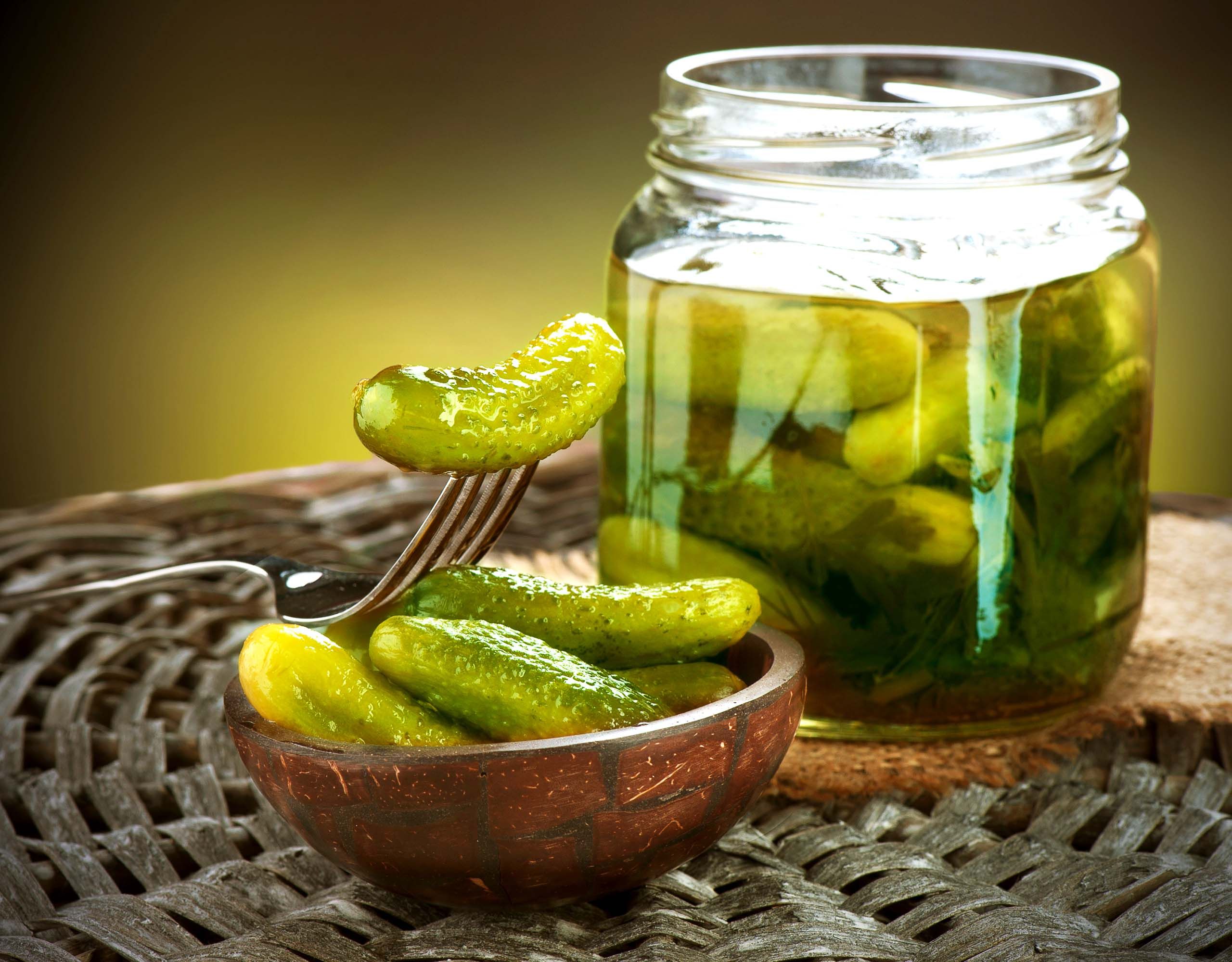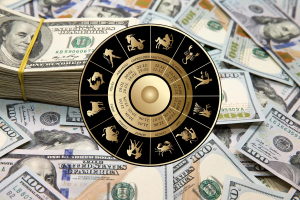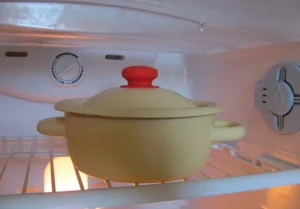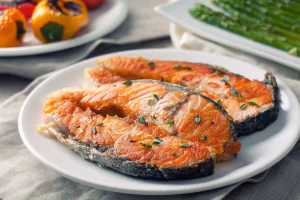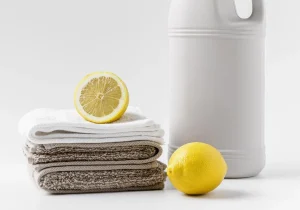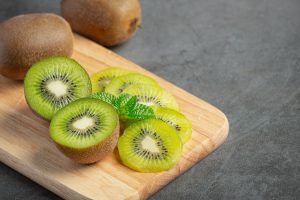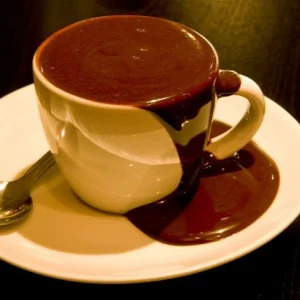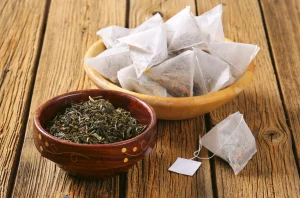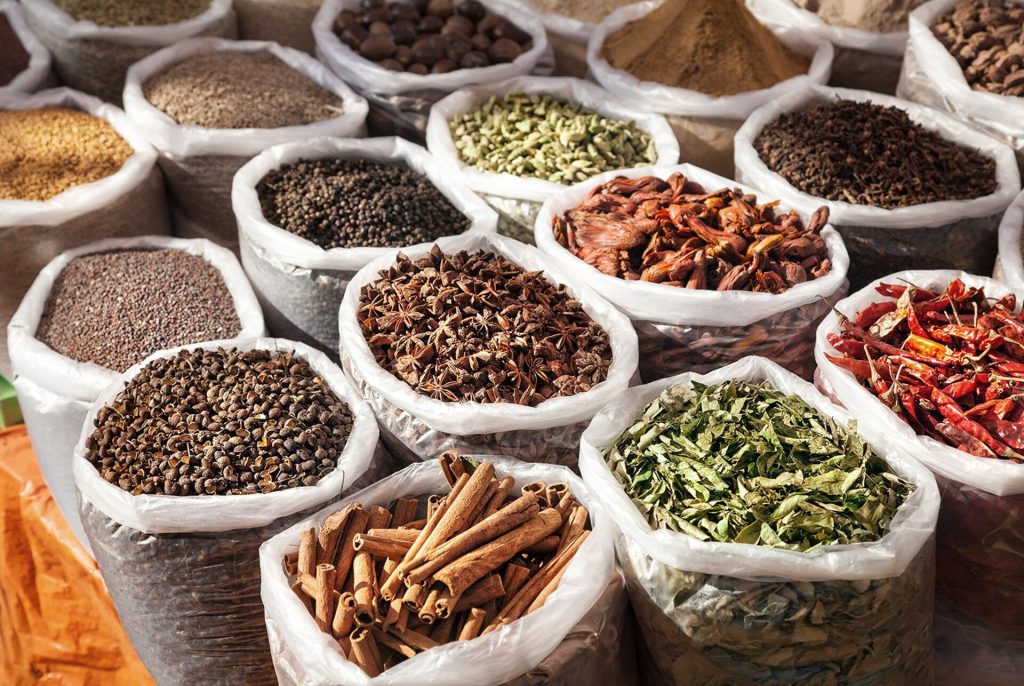
Spices add the perfect amount of flavor to dishes. Ready-made blends often make seasoning easier, but beware: often the flavor doesn’t match what the label promises. A market check reveals hidden flaws.
Anyone who buys products with spices should take a close look at them. Because sometimes the name sounds good, but instead of spices it mostly contains salt or sugar. This is the result of a market check conducted by the project “Clarity in Nutrition” of the Consumer Protection Centers.
The names of various products with spices are initially similar. But there are also differences, as stated in the recommendations of the German Food Code:
- “Spice” or “spice mixture”: contain only the vegetable parts of spices.
- “Seasoning”: contains at least 60 percent spices, otherwise other flavoring ingredients such as salt, sugar or spice flavorings.
- “Seasoning salt”: contains only 15 percent spices, the main ingredient is usually table salt (at least 40 percent).
- “Seasoning” or “seasoning mix”: does not necessarily contain actual spices, but consists mainly of flavor enhancers, table salt, sugar or other carriers.
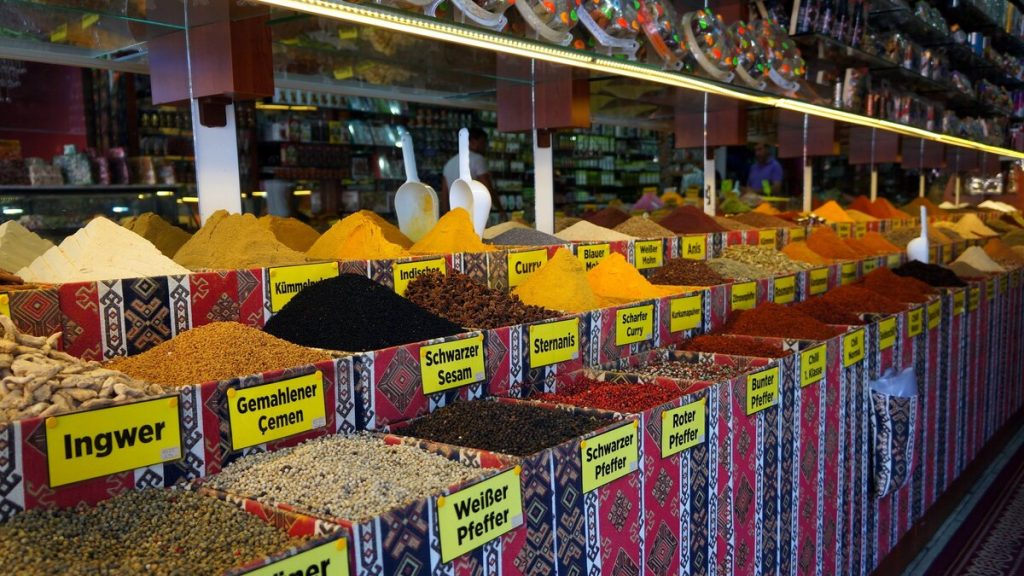
Incorrect labeling
To test the market, they specifically looked for spice products with incorrect or misleading labeling – and they found it. The options were many: the labeling was incorrect, inconsistent or could have been misunderstood.
Example: if a shaker says “potato seasoning” on it, the recommendations say it should contain only pure spices. “According to the guidelines, salt and sugar are not spices,” Stephanie Wetzel explains. She is the coordinator of the Food Clarity project. If half of a product consists of regular salt, the correct label is “seasoning salt.”
Many products from TV chefs don’t pass the test
“Typically, products from start-up companies and TV chefs are mislabeled,” says Stephanie Wetzel. TV chefs’ products, in particular, are often very expensive, sometimes costing more than 200 euros per kilogram.
“You have to consider whether it is worth that price,” notes the consumer advocate. “Comparable products from classic spice brands are much cheaper.” According to Market Check, they also properly label their products – in other words, if it’s called a spice, it’s a spice.
A table of nutrients provides information
Stephanie Wetzel advises consumers: “Read the ingredient list and nutritional table carefully.” This is because the sugar and salt content should also be listed on the nutritional table.
Example: if 50 grams of salt is listed, that’s 50 percent, meaning half of the product is made up of salt. “Then you already know that it’s not just a seasoning,” says Stephanie Wetzel, ”but that inexpensive salt is a key ingredient.



